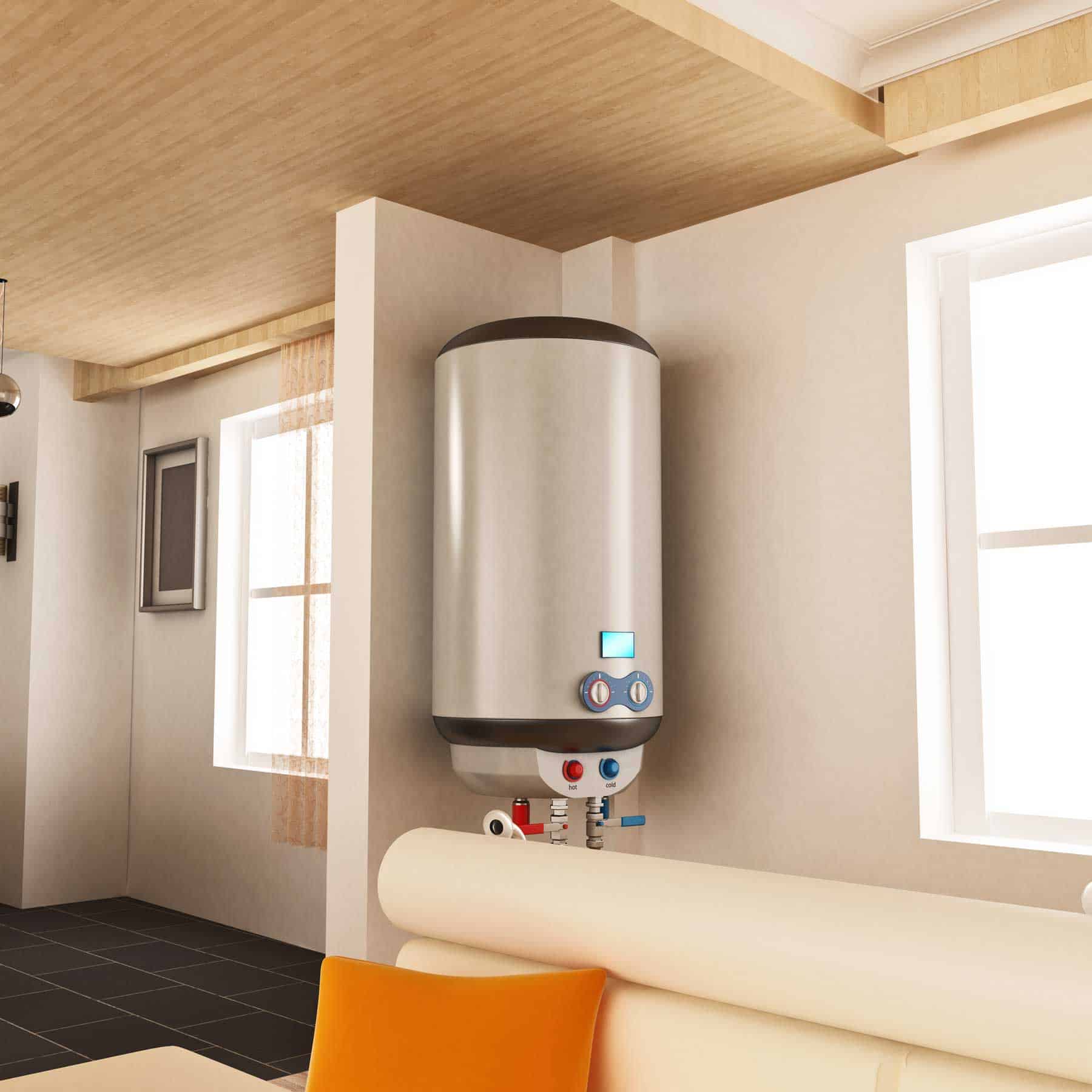They are making several good annotation regarding How to Maintain Your Water Heater & Prolong its Life as a whole in this article directly below.

Warm water is essential for everyday convenience, whether it's for a rejuvenating shower or washing meals. To guarantee your hot water system runs successfully and lasts much longer, regular maintenance is crucial. This short article supplies practical ideas and insights on exactly how to maintain your home's hot water system to stay clear of disruptions and expensive fixings.
Introduction
Preserving your home's warm water system could seem difficult, yet with a couple of straightforward steps, you can ensure it runs efficiently for years to come. This guide covers every little thing from understanding your warm water system to do it yourself maintenance pointers and knowing when to employ professional assistance.
Relevance of Maintaining Your Hot Water System
Routine maintenance not just expands the life-span of your warm water system but also ensures it runs successfully. Disregarding upkeep can lead to decreased efficiency, higher energy bills, and even premature failure of the system.
Signs Your Hot Water System Requirements Maintenance
Understanding when your warm water system requires interest can stop significant concerns. Keep an eye out for indicators such as irregular water temperature level, strange noises from the heating system, or rustic water.
Recognizing Your Warm Water System
Before diving into maintenance tasks, it's practical to recognize the basic components of your hot water system. Generally, this includes the water heater itself, pipes, anode rods, and temperature level controls.
Month-to-month Upkeep Tasks
Routine monthly checks can assist catch small concerns prior to they rise.
Purging the Hot Water Heater
Flushing your water heater removes sediment build-up, boosting performance and extending its life.
Checking and Replacing Anode Rods
Anode poles protect against rust inside the tank. Inspecting and changing them when worn is important.
Inspecting and Readjusting Temperature Settings
Readjusting the temperature level setups guarantees optimal performance and safety and security.
Do It Yourself Tips for Maintenance
You can perform numerous upkeep tasks yourself to maintain your warm water system in top problem.
Looking for Leaks
Routinely inspect pipelines and connections for leaks, as these can bring about water damage and higher costs.
Checking Pressure Relief Valves
Testing the stress safety valve guarantees it works correctly and prevents excessive stress accumulation.
Insulating Pipelines
Protecting warm water pipelines reduces warmth loss and can save power.
When to Call an Expert
While DIY upkeep is advantageous, some concerns need specialist know-how.
Complex Problems Requiring Expert Aid
Examples include significant leaks, electrical troubles, or if your water heater is consistently underperforming.
Regular Expert Upkeep Advantages
Specialist maintenance can consist of comprehensive examinations, tune-ups, and guaranteeing conformity with safety criteria.
Conclusion
Normal maintenance of your home's hot water system is crucial for effectiveness, long life, and cost financial savings. By adhering to these tips and understanding when to seek specialist help, you can make certain a reputable supply of hot water without unforeseen disruptions.
How to Maintain an Instant Hot Water Heater
Before tinkering with your hot water heater, make sure that it’s not powered on. You also have to turn off the main circuit breaker and shut off the main gas line to prevent accidents. Also turn off the water valves connected to your unit to prevent water from flowing into and out of the appliance. 2. When you’re done, you have to detach the purge valves’ caps. These look like the letter “T” and are situated on either side of the water valves. Doing so will release any pressure that has accumulated inside the valves while at the same time avoid hot water from shooting out and burning your skin. 3. When the purge valves’ caps are removed, you have to connect your hosing lines to the valves. Your unit should have come with three hoses but if it didn’t, you can purchase these things from any hardware or home repair shops. You can also get them from retail stores that sell water heating systems. Read the user’s manual and follow it to complete this task properly. When the hosing lines are connected, open the purge port’s valves. 4. You should never use harsh chemical cleaners or solutions when cleaning your unit. Make use of white vinegar instead. It should be undiluted and you’ll probably use about 2 gallons. 5. Now flush your water heater. This task should probably take about 40 minutes. We can’t give you specific directions for this because the procedure is carried out depending on the type, model and brand of your heater. With that being said, refer to the user’s manual. 6. When you’re done draining the unit, you have to turn off the purge port valves again. Remove the hosing lines that you earlier installed on each of the water valves. Put the valve caps (purge port) back in their respective places and be very careful so as not to damage the rubber discs that are found inside these caps. 7. Now that everything’s back in place, check your user’s manual again to find out how to reactivate your water heating system. 8. Once it is working, turn one of your hot water faucets on just to let air pass through the heater’s water supply pipes. Leave the tap on until water flows smoothly out of it. https://www.orrplumbing.com/blog/2014/september/how-to-maintain-an-instant-hot-water-heater/
:max_bytes(150000):strip_icc()/reasons-gas-water-heater-not-working-5212987-hero-fe6b82a59053421c88b7d13ea311d3c5.jpg)
I'm certainly very fascinated with What Kind of Maintenance Do Water Heaters Need? and I'm hoping you enjoyed my page. Sharing is caring. One never knows, you could be doing someone a favor. Kudos for being here. Please come visit our blog back soon.
Click